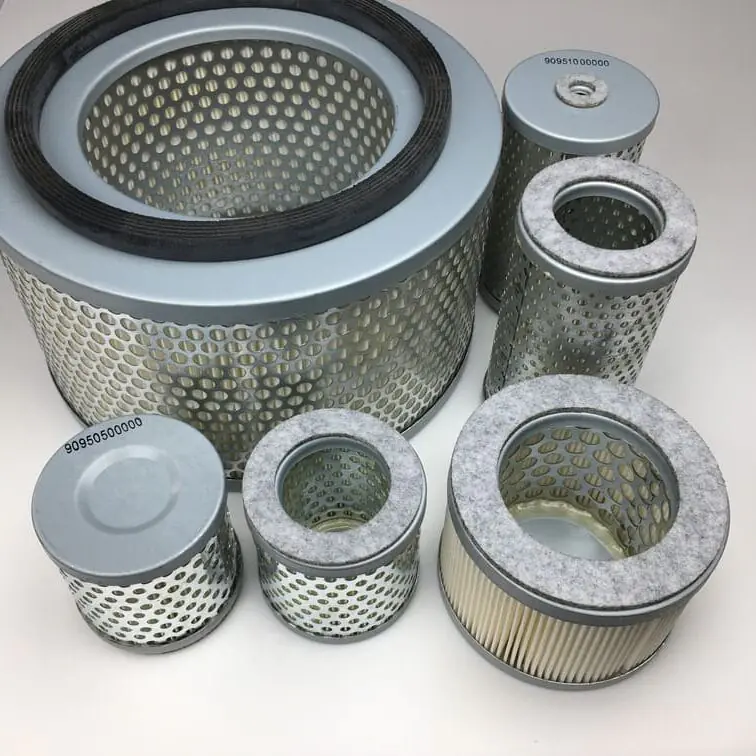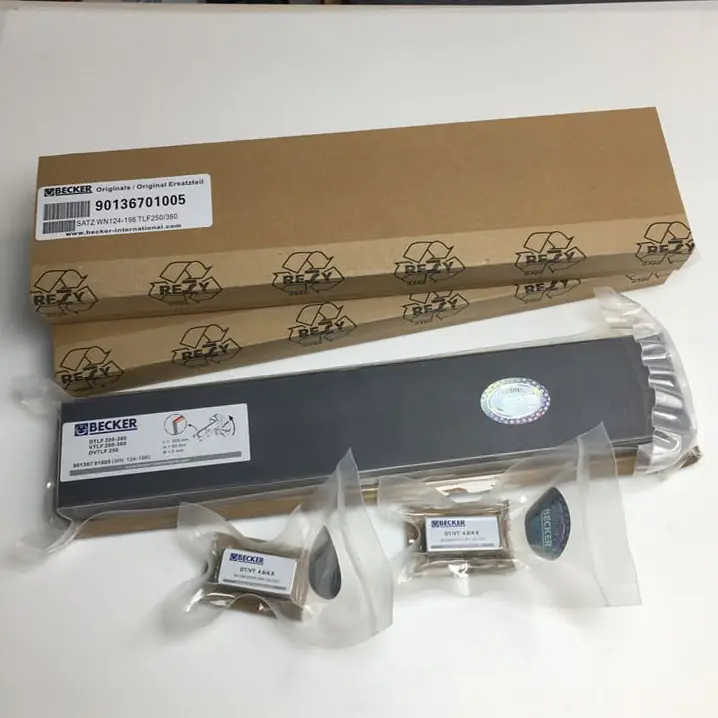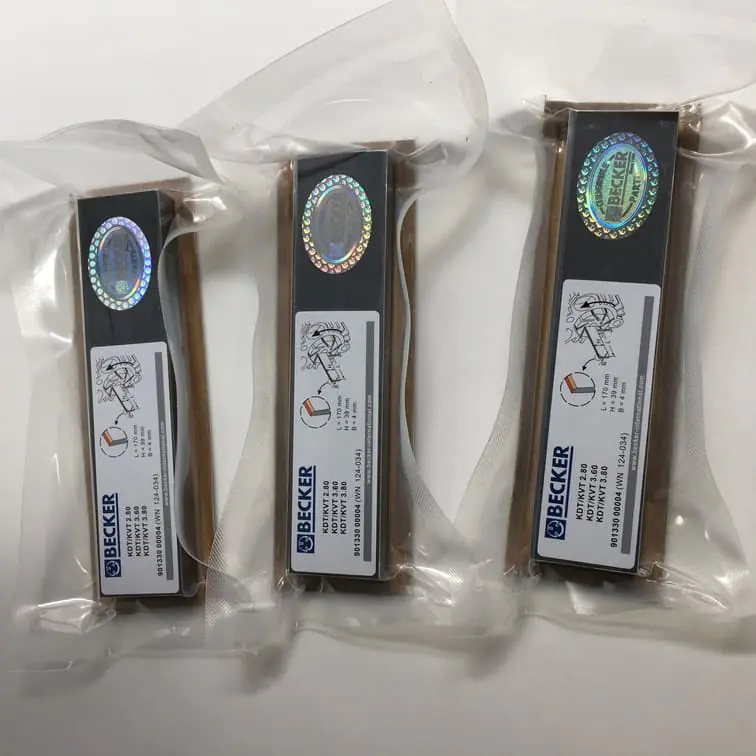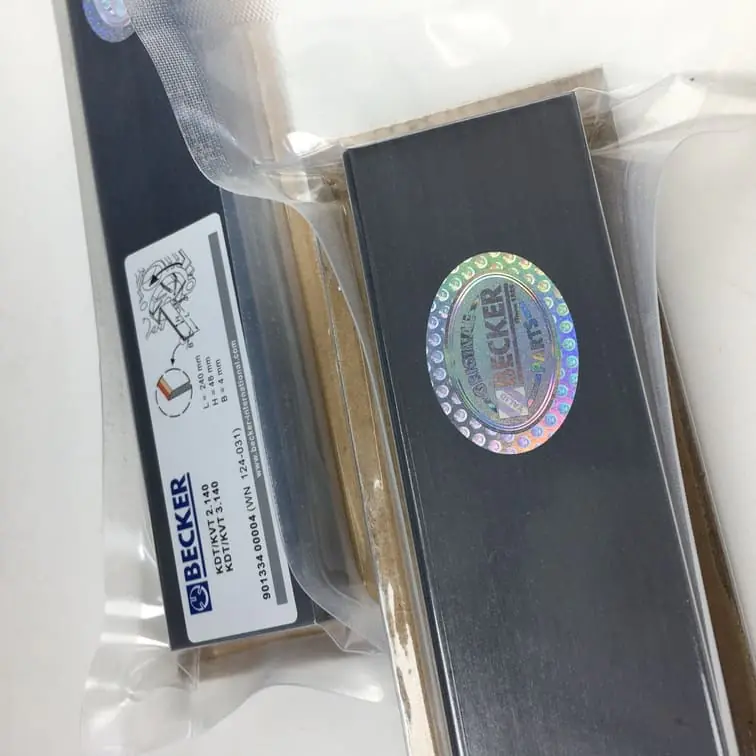How to Make a Simple Vacuum Pump
Vacuum pumps are fascinating tools that can be used for a variety of purposes, from scientific experiments to household tasks. Creating a simple vacuum pump at home is not only a great DIY project, but also an interesting way to understand the principles behind pressure and vacuum. This guide will walk you through how to make a basic vacuum pump using everyday materials, ensuring you get hands-on experience with the concepts of suction, airflow, and pressure. In this article, we will explore the components, assembly, and applications of a simple vacuum pump.
What Is a Vacuum Pump?
A vacuum pump is a device that removes gas molecules from a sealed volume to create a partial vacuum. Essentially, it reduces the pressure inside a container, creating a vacuum. Vacuum pumps have numerous applications, ranging from industrial uses to small-scale DIY projects, including food preservation or conducting experiments.
The simplest types of vacuum pumps work on the principle of creating a difference in pressure between the inside and the outside of a container. This pressure differential is what creates the vacuum. By removing the air inside a container, the pump enables you to create an environment with reduced pressure, perfect for applications like vacuum sealing or even scientific experiments that require controlled environments.
Materials Required for a Simple Vacuum Pump
Building a basic vacuum pump doesn’t have to be complicated. Here are the materials you’ll need:
- Plastic Syringe (Large Capacity): A 60-100 ml syringe works well for this purpose.
- One-Way Valve: This is critical for creating a vacuum. A one-way valve, which you can find at most hardware or aquarium stores, allows air to move in only one direction.
- Flexible Tubing: The tubing should fit snugly on the syringe nozzle.
- Plastic Bottle: A sturdy plastic bottle to act as your vacuum chamber.
- Glue or Sealant: To ensure airtight connections.
- Drill and Drill Bits: To create necessary holes for assembly.
The materials listed above are inexpensive and commonly available. This makes the project accessible to anyone interested in building their own vacuum pump.
Step-by-Step Guide to Building Your Simple Vacuum Pump
Step 1: Prepare the Syringe
Take the plastic syringe and ensure that the plunger moves smoothly without any resistance. This syringe will serve as the pumping mechanism for your DIY vacuum pump.
Step 2: Attach the One-Way Valve
The one-way valve is crucial for creating a vacuum. Attach the valve to the end of the syringe using flexible tubing. The valve must allow air to exit the syringe but prevent it from flowing back in. Ensure that the one-way valve is oriented correctly so that it only allows air to leave the system.
Tip: Use a strong adhesive or sealant to secure the connections tightly to avoid any air leaks.
Step 3: Create the Vacuum Chamber
Take a plastic bottle that will serve as your vacuum chamber. You need to drill a small hole in the cap of the bottle that will fit the tubing snugly. Insert the tubing into the hole and apply glue or sealant to make it airtight. The plastic bottle will now act as your chamber where the vacuum will be created.
Step 4: Connect the System
Connect the tubing from the syringe and the one-way valve to the plastic bottle cap. Ensure everything is tightly sealed to prevent any air from entering the system. The syringe should now be able to draw air from the bottle, creating a vacuum inside.
Step 5: Test Your Vacuum Pump
Pull the plunger of the syringe to start removing air from the bottle. If everything is assembled correctly, you should feel resistance, and the plastic bottle may start to collapse slightly, indicating that a vacuum is being created. If the bottle doesn’t collapse, check for leaks or loose connections.
Applications of a Simple Vacuum Pump
A basic vacuum pump like the one described here can be used for a variety of simple applications:
- Vacuum Sealing: You can use it to vacuum seal small food bags to preserve freshness.
- Science Experiments: Demonstrate concepts like the relationship between pressure and volume (Boyle’s law).
- Inflation and Deflation: This setup can also be used to remove air from inflatable objects.
The principle behind this simple vacuum pump is the same as that used in more sophisticated devices, and understanding these basics can be the first step toward more advanced projects in engineering and physics.
Advantages of Making Your Own Vacuum Pump
- Educational Value: Making a vacuum pump provides an excellent opportunity to learn about pressure, vacuums, and mechanical engineering in a hands-on way.
- Cost-Effective: Buying a commercial vacuum pump can be expensive. Creating a simple one at home is an affordable alternative.
- Customization: When you make your own pump, you can adjust the size and materials according to your needs.
Troubleshooting Tips
If your vacuum pump isn’t working effectively, here are some potential problems and solutions:
- Air Leaks: Make sure all connections are sealed properly. Any air leak will prevent the creation of a vacuum.
- Valve Orientation: Ensure the one-way valve is correctly oriented, allowing air to leave the system but not return.
- Loose Connections: Make sure the tubing fits snugly over the syringe and valve. Loose connections can compromise the vacuum.
Internal Resources for Further Reading
For additional information on vacuum pumps, check out these related articles:
- Vacuum Pump Accessories – Learn about the different accessories that can improve your vacuum pump’s efficiency.
- Understanding Vacuum Pressure – A comprehensive guide to understanding how vacuum pressure works and its applications.
- Types of Vacuum Pumps – Explore different types of vacuum pumps available and their specific uses.
Frequently Asked Questions
1. Can I use a different type of valve for the vacuum pump?
Yes, any one-way valve that allows air to exit but prevents re-entry can be used for this DIY vacuum pump.
2. What if I don’t have a syringe?
You can use any airtight piston or plunger mechanism, but a large syringe is the easiest and most accessible option.
3. How much vacuum can this pump create?
This simple pump creates a partial vacuum, sufficient for small experiments and light-duty tasks, but it cannot match the vacuum levels of professional pumps.
4. Can I use this pump for food preservation?
Yes, but it’s suitable for small quantities only. For larger or more frequent use, a commercial vacuum sealer is recommended.
5. Is it safe to use plastic bottles?
For basic tasks, plastic bottles are safe. However, avoid using them for applications requiring a very strong vacuum, as they may collapse under pressure.
6. Can this vacuum pump be used for liquids?
This pump is primarily for gases. If you attempt to use it for liquids, be cautious, as the syringe and tubing may not be suitable for handling them.
Conclusion
Building a simple vacuum pump is a great way to get a practical understanding of pressure and vacuum concepts. The project is easy, cost-effective, and highly educational, providing insight into mechanical engineering principles without requiring complex materials. Whether you’re looking to preserve food, conduct a science experiment, or simply explore how vacuums work, this DIY project is a fantastic place to start. By understanding the fundamentals of a vacuum pump, you can build more complex systems in the future.
Feel free to explore more advanced vacuum systems and tools on vacuumpumppart.com, where you can find a range of products and information to take your projects to the next level.




